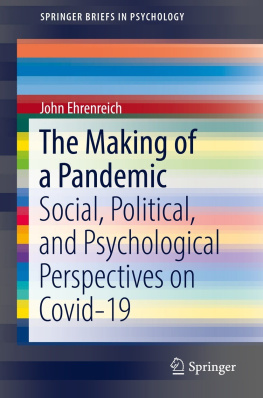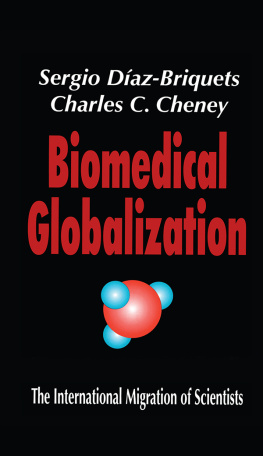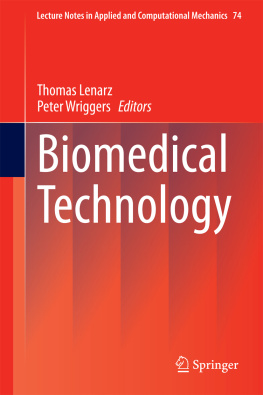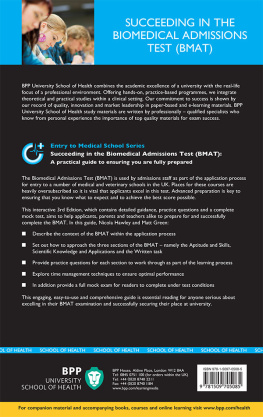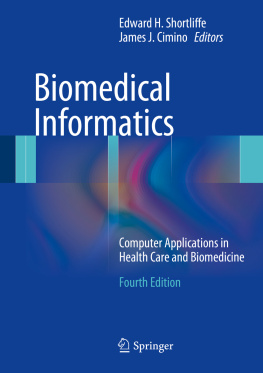Charles S. Pavia - Covid-19: Biomedical Perspectives
Here you can read online Charles S. Pavia - Covid-19: Biomedical Perspectives full text of the book (entire story) in english for free. Download pdf and epub, get meaning, cover and reviews about this ebook. year: 2022, publisher: Elsevier, genre: Home and family. Description of the work, (preface) as well as reviews are available. Best literature library LitArk.com created for fans of good reading and offers a wide selection of genres:
Romance novel
Science fiction
Adventure
Detective
Science
History
Home and family
Prose
Art
Politics
Computer
Non-fiction
Religion
Business
Children
Humor
Choose a favorite category and find really read worthwhile books. Enjoy immersion in the world of imagination, feel the emotions of the characters or learn something new for yourself, make an fascinating discovery.

- Book:Covid-19: Biomedical Perspectives
- Author:
- Publisher:Elsevier
- Genre:
- Year:2022
- Rating:3 / 5
- Favourites:Add to favourites
- Your mark:
- 60
- 1
- 2
- 3
- 4
- 5
Covid-19: Biomedical Perspectives: summary, description and annotation
We offer to read an annotation, description, summary or preface (depends on what the author of the book "Covid-19: Biomedical Perspectives" wrote himself). If you haven't found the necessary information about the book — write in the comments, we will try to find it.
Covid-19: Biomedical Perspectives — read online for free the complete book (whole text) full work
Below is the text of the book, divided by pages. System saving the place of the last page read, allows you to conveniently read the book "Covid-19: Biomedical Perspectives" online for free, without having to search again every time where you left off. Put a bookmark, and you can go to the page where you finished reading at any time.
Font size:
Interval:
Bookmark:
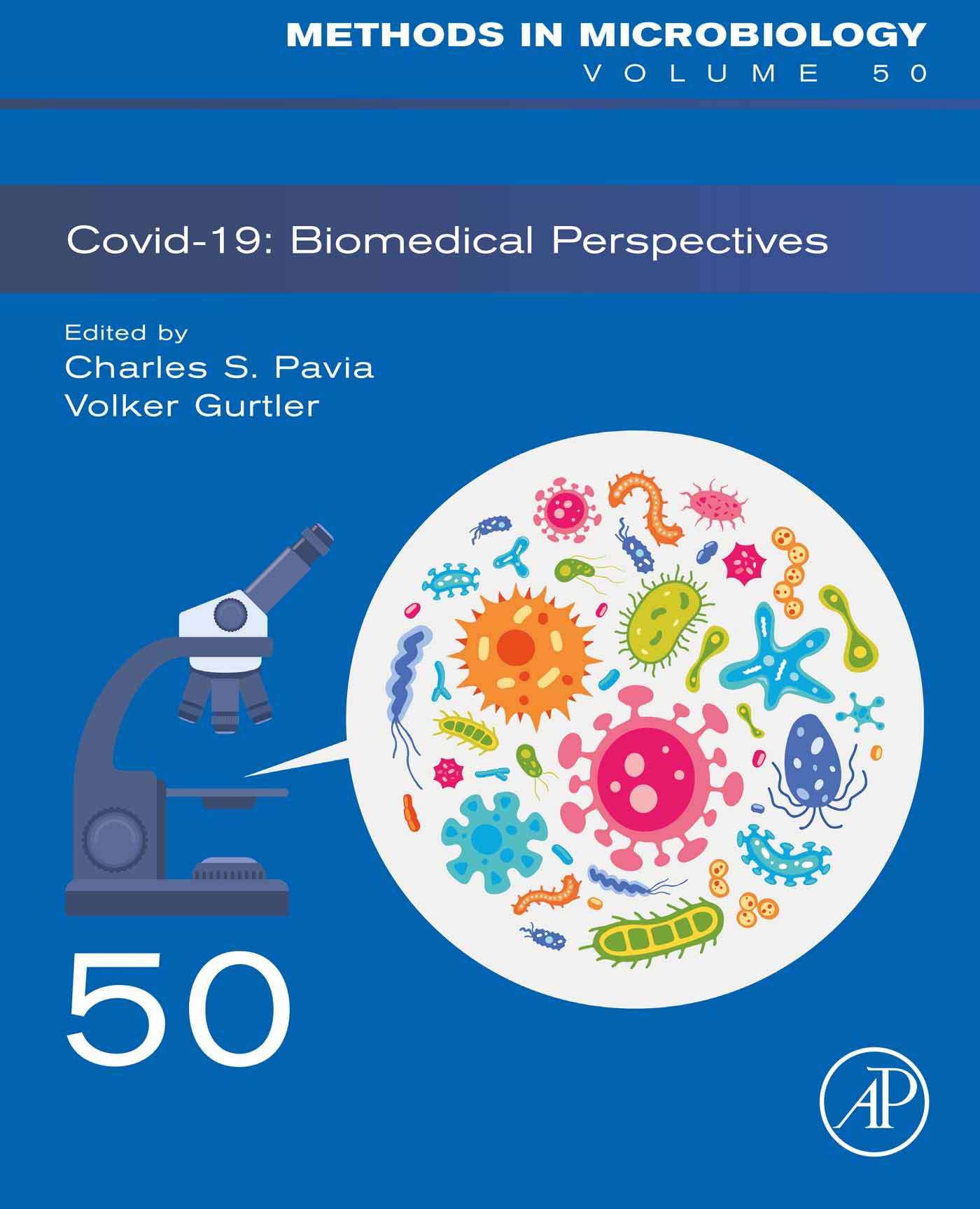

This book is being dedicated to honour the world-renowned 19th century biomedical scientist, Louis Pasteur, in memory of the 2022 bicentennial of his birth in Dole, France, in 1822. He has often been credited as being the founding father of modern microbiology and immunology. Much of his work was done in the face of sometimes fierce opposition, but he eventually succeeded in convincing his opponents that his theories were correct. In his illustrious career, he made many ground-breaking discoveries, which included establishing the method that became known as pasteurization and the germ theory of disease. He also rescued the wine, beer and silkworm industries from unwanted contaminants that had crept into their products (more of a concern then than now). Furthermore, and perhaps most noteworthy, are his contributions in producing the first effective vaccines against anthrax and rabies. Collectively, these accomplishments have laid the foundation for subsequent improvements in hygiene, healthcare, preventive medicine and vaccine-mediated control of serious and life-threatening diseases. The many research and healthcare facilities, and other landmarks, that are located in various parts of the world and bear his name, are a testament to his long-standing legacy. If Pasteur were alive today, he would no doubt be at the forefront of trying to develop a safe and effective vaccine against COVID-19. As the famous physician Sir William Osler, considered to be the founding father of modern medicine, pointed out more than a century ago, an anonymous fitting tribute to Pasteur states: "that he was the most perfect man who entered the Kingdom of Science".
The Editors
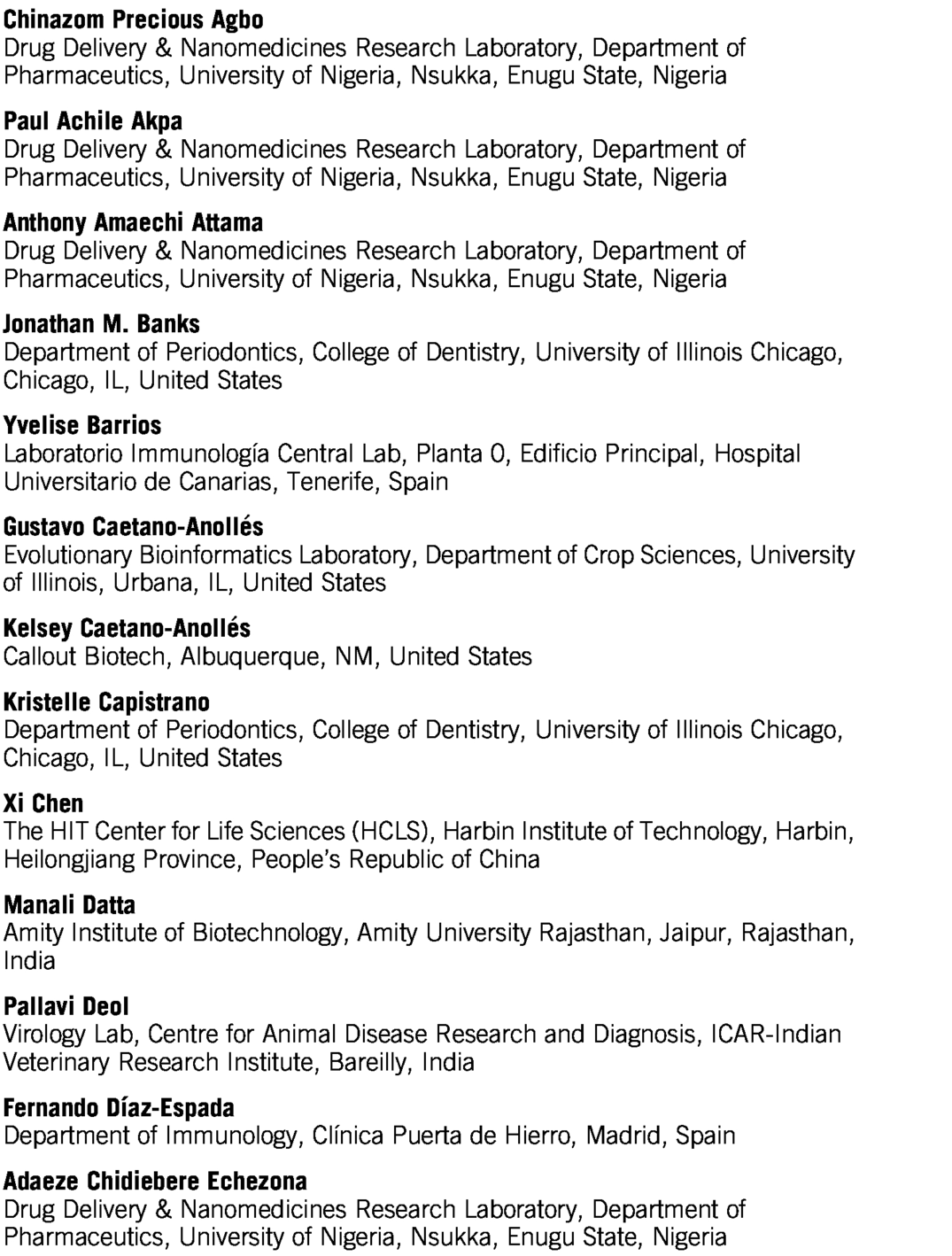


Charles S. Pavia
Volker Gurtler
With a few exceptions, not since the 1918 flu pandemic has the world experienced such a public health crisis as the one associated with COVID-19. Fortunately, several vaccines with high levels of proven efficacy have been developed within a relatively short time in several countries to combat this disease, although it is still unknown how long protection will be afforded by this preventive measure. Also, since the beginning of the pandemic in late 2019, much has been learned about the biology, epidemiology, diagnosis, and clinical aspects of COVID-19, especially as they pertain to a more complete understanding on its pathogenesis and treatment regimens for patients who develop serious illness after being infected with the causative agent, a unique coronavirus, designated as SARS-CoV-2. As an example of the explosive nature of this information, a search of the PubMed Internet publication retrieval site revealed that, as of November 2021 and covering the previous 2 years, a total of almost 200,00 peer-reviewed articles can be found there after entering the term COVID-19.
The 9 chapters in this book try to encompass some of the key biomedical issues associated with COVID-19 from vaccine development and challenges with its distribution and receptivity to detection methods, two chapters on seasonality (one of these applying the methods explained in the first chapter on seasonality to the Australian experience of isolation and strict lock downs), animal models, and cellular immune responses. In this regard, COVID-19 vaccines for high risk and immunocompromised patients. Collectively, this information is meant to be presented in a clear and concise manner so that anyone interested in this topic will benefit from it, but is intended to be especially useful to public health agencies, clinicians, laboratory personnel, and various groups of scientific investigators.
The Editors
Simin Xia The HIT Center for Life Sciences (HCLS), Harbin Institute of Technology, Harbin, Heilongjiang Province, People's Republic of China
The occurrence of the COVID-19 pandemic caused by the SARS-CoV-2 virus since the end of 2019 has significantly affected the entire world. Now SARS-CoV-2 diagnostic tests are not only required for screening of suspected infected people for their medical treatment, but have also become a routine diagnosis for all people at a place where new cases have emerged in order to control spread of the disease from that region. For these reasons, sensitive methods for detection of SARS-CoV-2 are highly needed in order to avoid undetected infections. In addition, sample pooling that uses pooled specimens has been routinely employed as a time- and cost-effective strategy for community monitoring of SARS-CoV-2. In this regard, the content of each viral RNA sample of an individual will be further diluted in detection; therefore, higher detection sensitivity would be rather preferred. Among nucleic acid-based detection methods, isothermal nucleic acid amplifications are considered quite promising because they typically take less time to complete the test (even less than 20 min) without the need of thermal cycles. Hence, it does not necessitate the use of highly costly real-time PCR machines. According to recently published isothermal nucleic acid amplification methods, the reverse transcription recombinase polymerase amplification (RT-RPA) approach shows outstanding sensitivity with up to single-copy sensitivity in a test reaction. This chapter will mainly focus on how to employ RT-RPA technology to sensitively detect SARS-CoV-2 RNA. Besides, recently published RT-RPA based detection methods will be summarized and compared regarding their detection parameters and the primers and probes being used. In addition, we will also highlight the key considerations on how to design an ultrasensitive RT-RPA assay and the precautions needed to conduct the assay. Moreover, based on our recent report, we will also detail the methods we developed to detect SARS-CoV-2 RNA using modified RT-RPA, or RT-ERA, with single-copy sensitivity and the possible extensions beyond this method.
RT-RPA; SARS-CoV-2 RNA; Exo probe; Nfo probe; Lateral flow; Single-copy sensitivity
Since December 2019, an outbreak of COVID-19 caused by severe acute respiratory syndrome coronavirus 2 (SARS-CoV-2) virus occurred and soon spread to the entire world (). The S, M, and E proteins form the envelope of the virus while the N protein is associated with the single-stranded RNA genome forming nucleocapsid inside the envelope.
 Schematic illustration of the structure of coronavirus SARS-CoV-2 and its single-stranded RNA genome. The sequence information of the single-stranded RNA genome of SARS-CoV-2 serves as the basis for the development of nucleic acid-based diagnosis.
Schematic illustration of the structure of coronavirus SARS-CoV-2 and its single-stranded RNA genome. The sequence information of the single-stranded RNA genome of SARS-CoV-2 serves as the basis for the development of nucleic acid-based diagnosis.Font size:
Interval:
Bookmark:
Similar books «Covid-19: Biomedical Perspectives»
Look at similar books to Covid-19: Biomedical Perspectives. We have selected literature similar in name and meaning in the hope of providing readers with more options to find new, interesting, not yet read works.
Discussion, reviews of the book Covid-19: Biomedical Perspectives and just readers' own opinions. Leave your comments, write what you think about the work, its meaning or the main characters. Specify what exactly you liked and what you didn't like, and why you think so.

